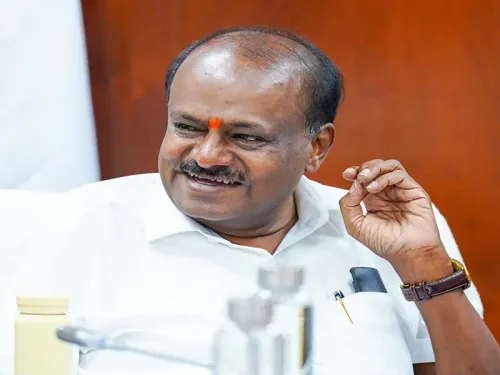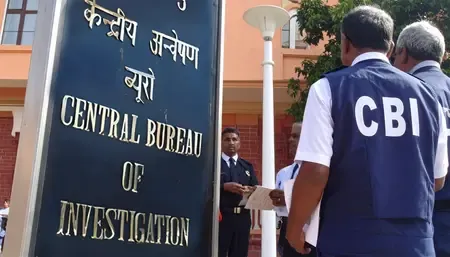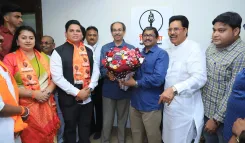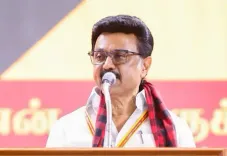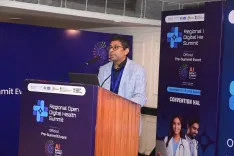Which districts in Rajasthan and Punjab are most affected by groundwater overexploitation?
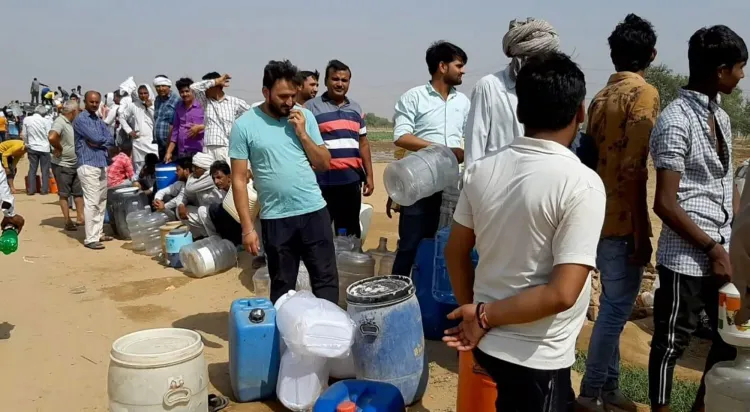
Synopsis
Key Takeaways
- Rajasthan has 29 districts facing groundwater overexploitation.
- Punjab reports 19 districts in similar distress.
- A total of 193 districts are categorized as Over Exploited, Critical, or Semi Critical.
- The Jal Shakti Abhiyan aims to address water scarcity in stressed regions.
- Annual assessments of groundwater resources are conducted by the CGWB.
New Delhi, Aug 18 (NationPress) According to the Rajya Sabha, Rajasthan and Punjab are experiencing severe challenges with groundwater resources, with 29 districts in Rajasthan and 19 in Punjab reported as being overexploited. Raj Bhushan Choudhary, Minister of State for Jal Shakti, provided this information in a written reply, referencing the National Compilation of Dynamic Ground Water Resources of India, 2024.
From a total of 193 districts categorized as Over Exploited, Critical, and Semi Critical (OCS), 102 districts are particularly suffering from the overuse of groundwater. Choudhary noted that Uttar Pradesh has the highest number, with 38 OCS districts, including 5 that are Over Exploited. Meanwhile, Tamil Nadu has 22 OCS districts, with 9 Over Exploited, while Punjab's statistics indicate 20 OCS districts and 19 Over Exploited. Haryana follows with 19 OCS districts, of which 16 are Over Exploited.
Choudhary highlighted that the core responsibility for the management, augmentation, and conservation of water resources lies with state governments, although the Central Government provides necessary technical and financial support.
The Minister of State also mentioned that the assessment of the country's Dynamic Ground Water Resources is carried out annually since 2022, in collaboration between the Central Ground Water Board (CGWB) and state authorities to monitor groundwater recharge and extraction trends.
According to the 2024 report by the CGWB, the classification of the 193 OCS districts includes 102 as Over Exploited, 22 as Critical, and 69 as Semi-critical.
In terms of conservation initiatives, the Minister detailed the launch of the Jal Shakti Abhiyan (JSA) in 2019, aimed at addressing water scarcity in 256 stressed districts. The subsequent 'Jal Shakti Abhiyan: Catch the Rain' (JSA:CTR) was introduced in 2021 with the slogan “Catch the Rain – Where it Falls When it Falls.” The initiative was expanded to encompass all districts, blocks, and municipalities nationwide.
While the JSA:CTR is a nationwide campaign, each iteration has included targeted efforts since 2023 for greater effectiveness. The 2023 edition, themed 'Source Sustainability for Drinking Water,' prioritized 150 districts highlighted by the Jal Jeevan Mission.



